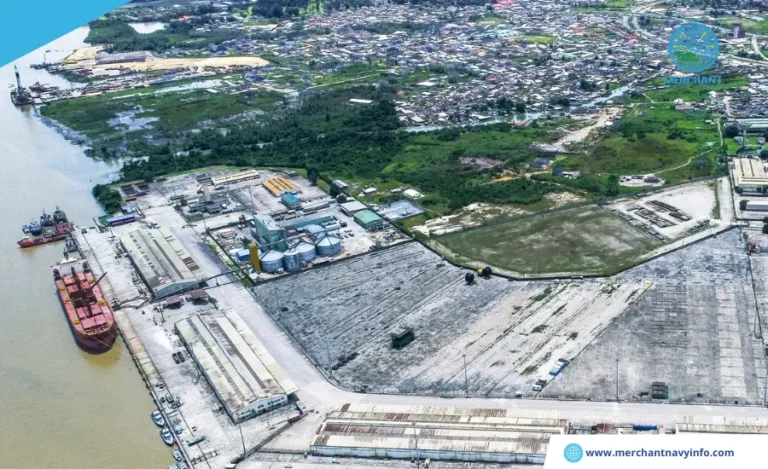DEBT-TO-GDP: Top 10 Least African Indebted Countries

Did you know that the Democratic Republic of Congo (DRC), Botswana, Ethiopia, Guinea, and Equatorial Guinea are the top five least indebted African states on the continent ranked by the IMF according to the ratio of their debt to GDP as of January 2024?
The debt-to-Gross Domestic Product (GDP) is a critical metric that compares a country's total debt to its economic output, with lower ratios showing financial stability and higher ratios indicating potential challenges in fulfilling debt obligations, influencing global investors and interest rates on government bonds.
Expressed as a percentage, the ratio is used to gauge a country’s ability to repay its debt. In other words, the debt-to-GDP ratio compares a country’s public debt to its annual economic output. While debt is the cumulative amount of a country’s government debt, a GDP is the total value of goods produced and services produced over a given year.
A high debt-to-GDP ratio is undesirable for a country, as a higher ratio indicates a higher risk of default. In a study conducted by the World Bank, a ratio that exceeds 77% for an extended period of time may result in an adverse impact on economic growth. It was indicated that each additional percentage point of debt above that level reduced annual real growth by 1.7%. For reference, the USA’s debt-to-GDP ratio was 105.40% in 2017. Therefore, when the ratio is high (>80%), a country is likely to exhibit a slowdown in economic growth.
The International Monetary Fund (IMF) lists the top 10 African countries with the least debts going into 2024.
DRC: 11.1% Debt-to-GDP Ratio
The Democratic Republic of the Congo boasts the lowest debt-to-GDP ratio among Africa's least indebted countries, at 11.1%. The nation's vast natural resources and efforts in managing debt contribute to its economic stability.
BOTSWANA: 18.1% Debt-to-GDP Ratio
Botswana stands out with a meager debt-to-GDP ratio of 18.1%, showcasing the Southern African nation's prudent economic management. Botswana sets the gold standard for debt management. Careful planning, robust institutions, and a focus on long-term development have made it Africa's second-least-indebted country.
ETHIOPIA: 31.2% Debt-to-GDP Ratio
Ethiopia's debt-to-GDP ratio of 31.2% highlights the East African nation's resilience in managing financial obligations. Large-scale infrastructure projects and investments in education and healthcare are driving growth while keeping debt under control.
GUINEA: 31.5% Debt-to-GDP Ratio)
Guinea's debt-to-GDP ratio of 31.5% reflects the West African nation's efforts in maintaining fiscal responsibility. Emerging from years of political instability, Guinea is focused on responsible resource management. Diversifying its economy beyond mining, coupled with prudent budgeting, has paved the way for fiscal stability.
EQUATORIAL GUINEA: 33.7% Debt-to-GDP Ratio
The country's debt-to-GDP ratio stands at 33.7%, indicating its strategic approach to financial policies. Its vast oil wealth could lead to overspending, but it has kept resources under strict control along with non-oil sectors like agriculture and tourism.
COMOROS: 36.9% Debt-to-GDP Ratio
The country shows prudent fiscal discipline with a debt-to-GDP ratio of 36.9%, an example of a nation's debt management.
CHAD: 38.7% Debt-to-GDP Ratio
Chad reflects a balanced approach to managing financial obligations with its 38.7% debt-to-GDP after emerging from years of internal war. The country's debt restructuring initiatives and transparency have been critical in keeping its debt profile low.
CAMEROON: 39.6% Debt-to-GDP The Central African country's debt-to-GPD of 39.6% demonstrates Cameroon's commitment to keeping a fiscal discipline. The country has maintained strict control over government expenditures and prudent handling of oil revenue, critical resources, and others, which have aided its budgetary stability.
NIGERIA: 41.3% Debt-to-GDP Ratio
Nigeria is surprisingly ranked second on the list of least indebted countries on the continent despite cries about its bloated debt servicing. The country has about 41.3% debt to GDP, and its diverse economic sectors and efforts to manage its debts contribute to its position among the least indebted nations.
TANZANIA: 41.8% Debt-to-GDP Ratio
Tanzania leads among Africa's least indebted countries with a 41.7% debt-to-GPD ratio. The country's relatively low ratio shows a balanced monetary approach, contributing to its economic stability.
The debt-to-GDP ratio is commonly misunderstood, as many think that a ratio exceeding 100% indicates a bankrupt or insolvent country. As indicated above, a high debt-to-GDP ratio is undesirable. However, a high ratio is acceptable if a country is able to pay interest on its debt without having to refinance or adversely impact its economic growth.
For example, Japan’s debt-to-GDP ratio was 253% in 2017 (higher than Greece’s 177% in 2017). Although Japan’s ratio is significantly higher compared to other countries, analysts put the country’s risk of defaulting extremely low. Japan is able to sustain and remain afloat despite a staggering ratio due to the fact that most Japanese government bonds are held by the country’s citizens, resulting in extremely low interest rates.
SOURCES: Business Day | Legit | Orate Finance Institute



